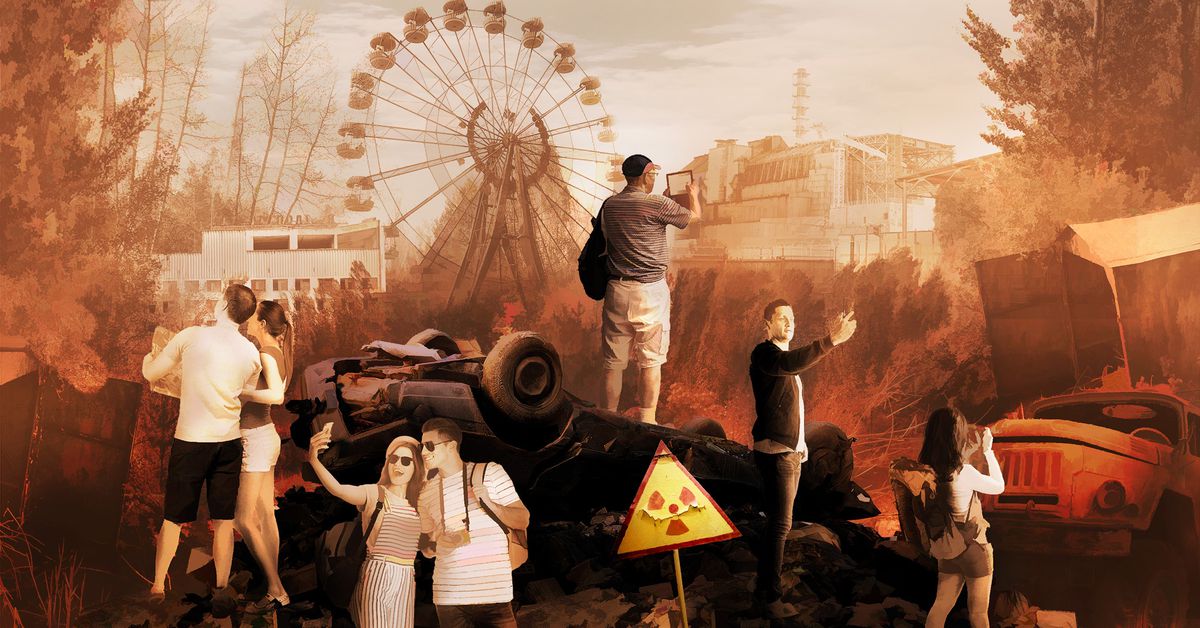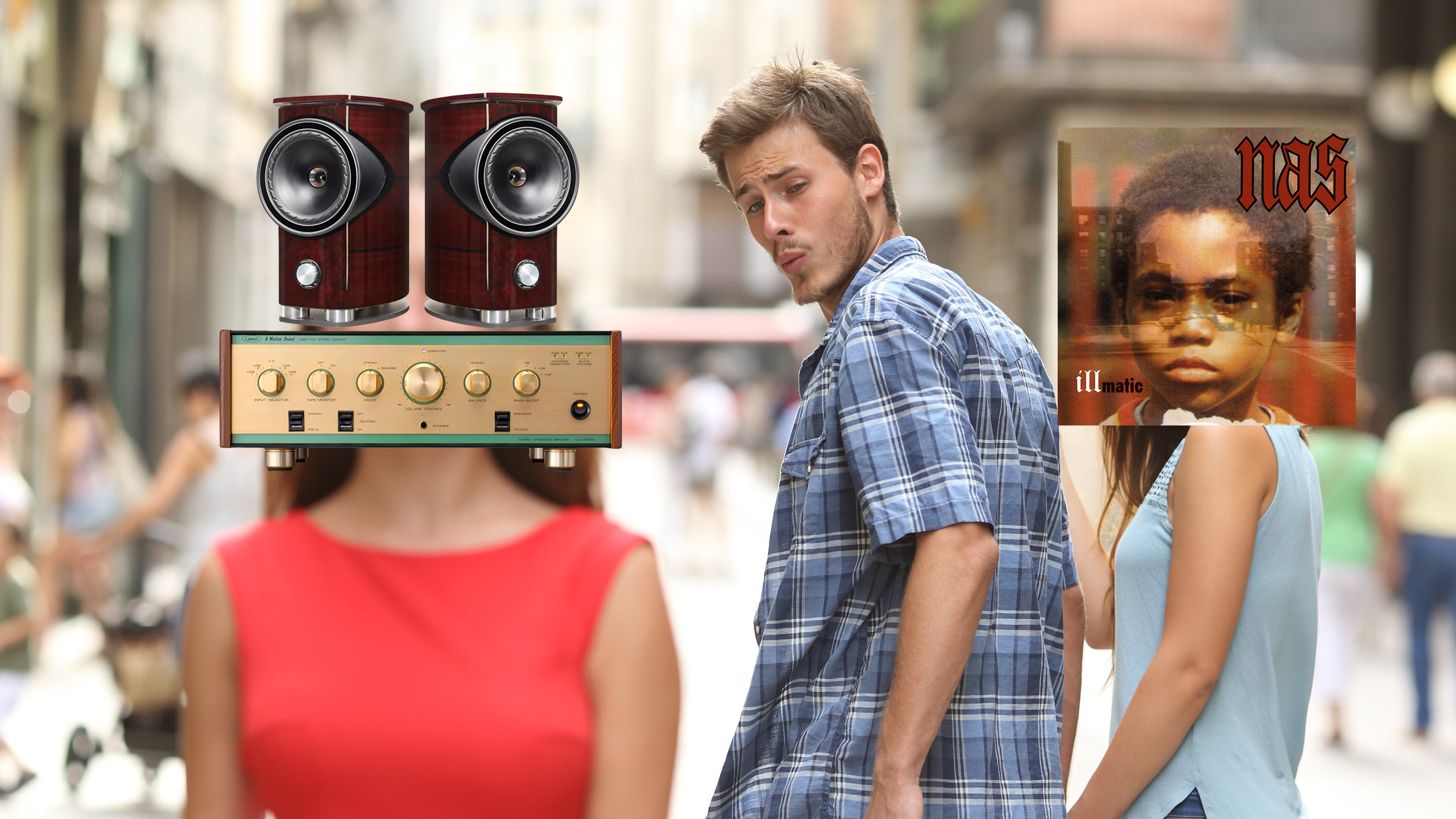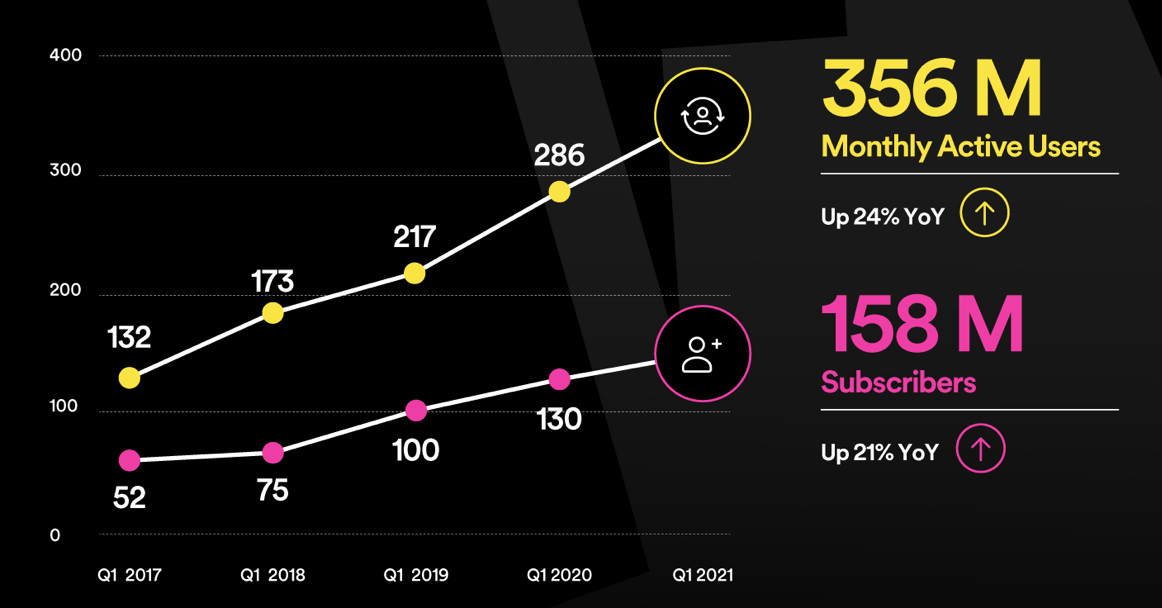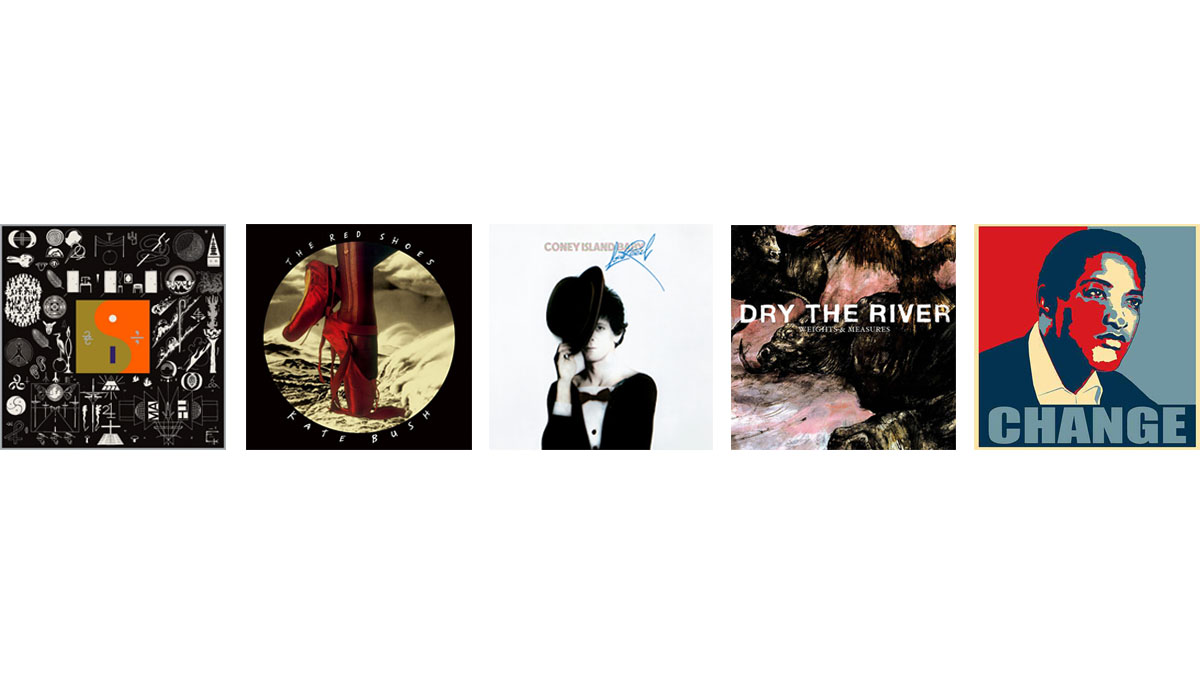A virtual world leads to IRL excursions
By
Darmon Richter
Illustration by Alex Castro
At the entrance to the Chernobyl Exclusion Zone in Ukraine, 35 years on from the worst nuclear disaster in history, a yellow souvenir van sells T-shirts, key rings, and glow-in-the-dark “Chernobyl condoms,” all branded with gas mask symbols or stylized radiation warning signs.
They sell hot dogs and coffee. There’s “Chernobyl ice cream,” advertised by colorful signs reminiscent of the Raygun Gothic style of atomic-era Americana. As I join the other tourists and queue for a coffee, speakers play “I Don’t Want To Set The World On Fire” by The Ink Spots, a track lifted straight from the soundtrack of Fallout 3. By the time I finish my drink I’m listening to Doris Day croon: “Again… this couldn’t happen again / This is that once in a lifetime / This is the thrill divine.”
In May 2019, HBO’s miniseries Chernobyl became an unprecedented hit. The real Chernobyl Zone saw a record number of 124,000 visitors that year, and many commentators suggested the HBO show had caused a sudden Chernobyl tourism boom. In reality, though, queues at the Chernobyl checkpoint had been growing at a consistent rate for a decade prior — and the touristification of Chernobyl owed at least as much to video games as it did to television.
In 2007, two games were released that imprinted Chernobyl into the minds of a whole generation of gamers. In the West, Call of Duty 4: Modern Warfare was a blockbuster. It featured a stealth mission titled “All Ghillied Up,” which was set in Pripyat, the abandoned workers’ city that stands alongside the Chernobyl Nuclear Power Plant. The mission opens with panoramic shots of Pripyat’s deserted housing blocks, while a voiceover intones: “50,000 people used to live here. Now it’s a ghost town.” This Chernobyl setting lent Call of Duty a new dimension of danger and intrigue; it created a strong visual impression, although, really, the gameplay that followed could have been located practically anywhere.
The same cannot be said for S.T.A.L.K.E.R.
Ukrainian studio GSC Game World released S.T.A.L.K.E.R.: Shadow of Chernobyl the same year Call of Duty 4 came out, but while both featured first-person shooter gameplay set in Chernobyl, in S.T.A.L.K.E.R.’s case it was more than just stage dressing. S.T.A.L.K.E.R. introduced players to a world in which the landscape — the mysterious “Zone” — became a character in its own right. This was partly the result of an innovative global AI system that created the sense of a living, breathing world: non-player characters would interact, fight, strum guitars, or fend off packs of rabid dogs, with or without the player being present. Immersion was heightened by the lack of a fast travel option, forcing players to spend an awful lot of time looking at the ever-changing scenery. But the personification of S.T.A.L.K.E.R.’s terrain ran deeper still, as it was rooted in the game’s mythos, which tapped into older ideas from Soviet-era science fiction.
Andrei Tarkovsky’s 1979 film Stalker was a dreamlike meditation on desire and ruination, in which an almost shamanic figure, known as “Stalker,” leads two tourists through the post-industrial landscapes of a mysterious, sentient Zone to find the Room at its center where a visitor’s wishes could be granted. However, S.T.A.L.K.E.R. shares more DNA with Roadside Picnic, the 1972 novel by Boris and Arkady Strugatsky, which inspired Tarkovsky’s film. The protagonist of Roadside Picnic is just one of many stalkers. In the wake of some unexplained extraterrestrial event, areas of the Earth’s surface have been contaminated by alien energies. These areas are evacuated to form military-guarded “Zones,” and the “stalkers” are the scavengers who venture illegally inside to hunt for valuable alien artifacts left scattered across this strange and toxic landscape.
To adapt this world for the medium of games, GSC Game World gave their stalkers assault rifles, created rival factions, and populated the wasteland with corrupted wildlife: mutated dogs, boars, and worse. The Zone of the game borrows the novel’s alien “anomalies” — invisible traps that shoot jets of flame or catapult unwary travelers into the sky — and at the center, as in both the book and the film, lies the mysterious promise of a “Wish Granter.” But the developers also made the bold decision of placing this literary Zone inside Ukraine’s own real-life Exclusion Zone: the 1,000-square mile region of evacuated farms and villages that surrounds the Chernobyl Plant.
I asked GSC Game World’s PR manager, Zakhar Bocharov, how that decision came about. “Several locations were considered for the game,” he explains, “but Chernobyl just clicked at a certain point as the perfect setting for this story. It was the decision of Sergiy Grygorovych, the game’s director, and then everything came together around that idea. Chernobyl gave us that rich atmosphere, and huge lore possibilities.”
Long before the game, the fictional works of Tarkovsky and the Strugatskys had sometimes been described as seeming almost prophetic of the 1986 Chernobyl disaster, and the real-life Zone that was established in its wake. S.T.A.L.K.E.R. was born into a narrative space already carved out by urban myths and conspiracy theories. “Our core team is Ukrainian, so everything that happened at Chernobyl was very familiar and personal for us,” says Bocharov. “The idea of telling a story in this space came organically — just with certain tweaks, like an altered history and sci-fi elements.”
S.T.A.L.K.E.R.: Shadow of Chernobyl was a phenomenal success: it earned critical acclaim around the world and sold a reported 2 million copies in its first year. A prequel (Clear Sky) and sequel (Call of Pripyat) soon followed. These games built a cult following, particularly in Eastern Europe. They inspired live-action roleplay events, themed airsoft tournaments, and festivals such as the 2009 S.T.A.L.K.E.R. Fest in Kyiv. It was only a matter of time before the game’s influence reached Chernobyl itself.
In 2019, I interviewed Yaroslav Yemelianenko, the co-founder of Chernobyl Tour, one of the dozen or so companies that offer trips inside the Chernobyl Zone. He told me how his own interest in Chernobyl started with S.T.A.L.K.E.R.… and then, realizing that the “real Zone” could be visited just nearby, he joined a tour to Pripyat. By 2008, he had established his own company, and one of their early offerings was a S.T.A.L.K.E.R.-themed tour visiting locations from the game. The souvenir van at the entrance to the Zone belongs to Chernobyl Tour, too. Whereas the Chernobyl Exclusion Zone was once exclusively controlled by Soviet-style bureaucrats, there is a sense now that a new generation is taking over — and increasingly, they offer a Chernobyl experience that delivers on expectations set by pop culture references.
However, not all S.T.A.L.K.E.R. fans are looking for that group tour experience. Stepan (who, for privacy, prefers not to use his full name) is one of a growing number of young Ukrainians who visit the Chernobyl Zone illegally. Many call themselves “stalkers.” On his trips, Stepan carries food and water, a first-aid kit, and a cheap radiation meter he purchased online. He says it takes him three days to hike from the Zone’s perimeter fence to Pripyat, a journey that mirrors the player’s progress through the game world of S.T.A.L.K.E.R.. Just like Yemelianenko, Stepan’s interest in the real Zone started with the game.
“When S.T.A.L.K.E.R. came out, it was something really new and exciting for me. Not just because it was set in my country… but also because it felt more real than other games I had played. I wasn’t some magical hero, or ‘chosen one,’ you know? Just some random guy, taking on a big hostile world. I could relate to that.” Stepan adds, however, that he abandoned the game after becoming a real stalker. “Playing S.T.A.L.K.E.R. made me curious to see these places in real life. But now that I know the real Zone, I can’t imagine going back to the game’s version.”
Chernobyl Tour believes that with the right marketing and itineraries, it can tempt S.T.A.L.K.E.R. fans to join its groups instead. Its chief deputy Kateryna Aslamova explains: “In many cases, people enter illegally to visit places they can’t see on regular tours. Occasionally, I have ex-stalkers on my tours … now, with all the choice we offer, they realize there’s no longer a reason to go illegally.”
But Stepan is not convinced. “Firstly, the legal entry fees are a little more difficult when you’re earning Ukrainian wages,” he says. “But mainstream tourism will never capture the feeling of exploring the wild Zone. When I go there, I want to hear the forest … to be alone with my thoughts in a place beyond the noise and rules of normal life. To be completely responsible for my own fate. This is a really unique and special experience … you would never get this on a legal tour, surrounded by people, buses, guides, and souvenir shops.”
Other guides take a more agnostic approach toward the activities of illegal tourists, believing there’s space for stalkers and tour companies to coexist in the Zone. Yevhen Chkalov was a junior game designer on S.T.A.L.K.E.R., whose responsibilities included developing and scripting some of the game’s side missions. Nowadays he leads tours in the real Chernobyl Zone and runs the online fan community Bar Apocalypse, which caters to S.T.A.L.K.E.R. and two of its offspring, the Metro and Survarium franchises.
“Stalking and tourism are two sides of the same coin,” Chkalov tells me. “Some visitors want the extreme experience and full atmosphere … others just want to see the Zone without all the hard work. I used to be a stalker myself, just like many other legal guides were. I have a good relationship with the stalkers now. They recommend my services to those who can’t manage the long hike. And I send them the people who don’t feel satisfied by what’s offered on the legal experience.”
There were stalkers in the Zone before 2007, but S.T.A.L.K.E.R. gave them a shared identity — the basis of a subculture — and Chkalov says the majority of stalkers today were inspired by the games. Though some are in for a surprise: “They play some games and decide they want to try this experience in real life … but then they find out that hiking for days and days is a little harder than just pressing the ‘W’ button. It’s serious physical activity. That’s why so many stalkers surrender themselves to the police.” At present, the penalty for being caught in the Zone illegally is the equivalent of a $20 fine, after which the authorities typically drive the trespassers back to the police station in Ivankiv, a town outside the perimeter fence. “In the Zone, we call this ‘the taxi to Ivankiv,’” Chkalov jokes.
In 2018, I decided to join one of these stalker trips. A Ukrainian guide led us chest-deep through a river to enter the Zone, then for four days we hiked through wild, wooded landscapes between run-down villages and the shells of former farms and factories. The parallels to S.T.A.L.K.E.R. were occasionally quite surreal. Inventory management was a serious issue, our backpacks stuffed with first-aid kits, bread and salamis, just like in the game. We couldn’t carry all the water we’d need, but our stalker guide had his friends hide supply stashes ahead of us, for which they shared a list of coordinates. It became a kind of orienteering mission, always hiking toward the next stash pinned on our electronic maps. When we finally reached Pripyat on the fourth night; the experience of stepping out of forest and into a whole deserted city was just as exhilarating and cathartic a reward as it was to reach the virtual Pripyat after hours of wandering through S.T.A.L.K.E.R.’s version of this Zone.
It is easy to see why so many former gamers have joined the ranks of the real-life stalkers since 2007: this feels like the ultimate live-action roleplay experience, a true physical immersion into the game’s world, complete with many of the dangers that entails. Zakhar Bocharov tells me that while GSC Game World appreciates S.T.A.L.K.E.R.’s passionate fan base, the developers themselves do not endorse illegal tourism in the real Zone. He stresses the many dangers and says the company would always recommend visitors to join a legal tour instead. Though he also acknowledges, “our words would hardly change anything.”
With S.T.A.L.K.E.R. 2 scheduled to release in 2021, the developers have lately been spending more time in Chernobyl themselves. “The Zone is changing constantly,” says Bocharov. “Our core team visits every couple of months, or even more often. Sometimes it’s for photogrammetry work, and sometimes just for inspiration. S.T.A.L.K.E.R. 2 will include new locations along with the old ones — in a seamless open world for the first time in the series.”
When S.T.A.L.K.E.R. came out in 2007, Ukraine didn’t even recognize Chernobyl as a tourism destination. Security was far less stringent than it is today, and the Zone was a playground for looters and poachers, stalkers and bandits — “a symbol of corruption,” according to Ukraine’s President Volodymyr Zelenskyy. But the real and virtual Zones are gradually diverging and in 2019, Zelenskyy signed a decree for the development of the territory, promising to create “a green corridor for tourists,” while stamping out corruption. “We must give this territory of Ukraine a new life,” he stated, during a visit to the Zone. “Until now, Chernobyl was a negative part of Ukraine’s brand. It’s time to change it.”
From the state’s perspective, the stalkers are very much a part of that old image. In September 2020, the Verkhovna Rada — Ukraine’s parliament — was presented a proposal for amendments to the law concerning trespassing in the Chernobyl Zone. If passed, this bill would upgrade stalking from an administrative offense to a criminal offense under Ukrainian law. The current $20 fee for a “taxi to Ivankiv” would increase by a factor of a hundred and be backed by the threat of jail time.
Sitting at the Chernobyl checkpoint with my coffee, I watch five minibuses and two coaches roll past into the Zone. The recent upgrade from analog printed checklists to a digital barcoded ticketing system has dramatically increased the rate at which visitors can be admitted. As video game soundtracks play in the background, one group stops to shop for souvenirs; they’re Polish tourists, and four of them are wearing S.T.A.L.K.E.R. T-shirts. This regulated, streamlined new version of Chernobyl tourism is better for business, it’s better for Ukraine, and it means that by the time S.T.A.L.K.E.R. 2 arrives, any would-be trespassers are going to find it harder than ever to access the Zone. Nevertheless, Yevhen Chkalov predicts that the stalkers won’t be giving up anytime soon.
“There was an illegal tourism boom directly after the success of the first game,” he points out. “When S.T.A.L.K.E.R. 2 releases, you can expect another wave.”














